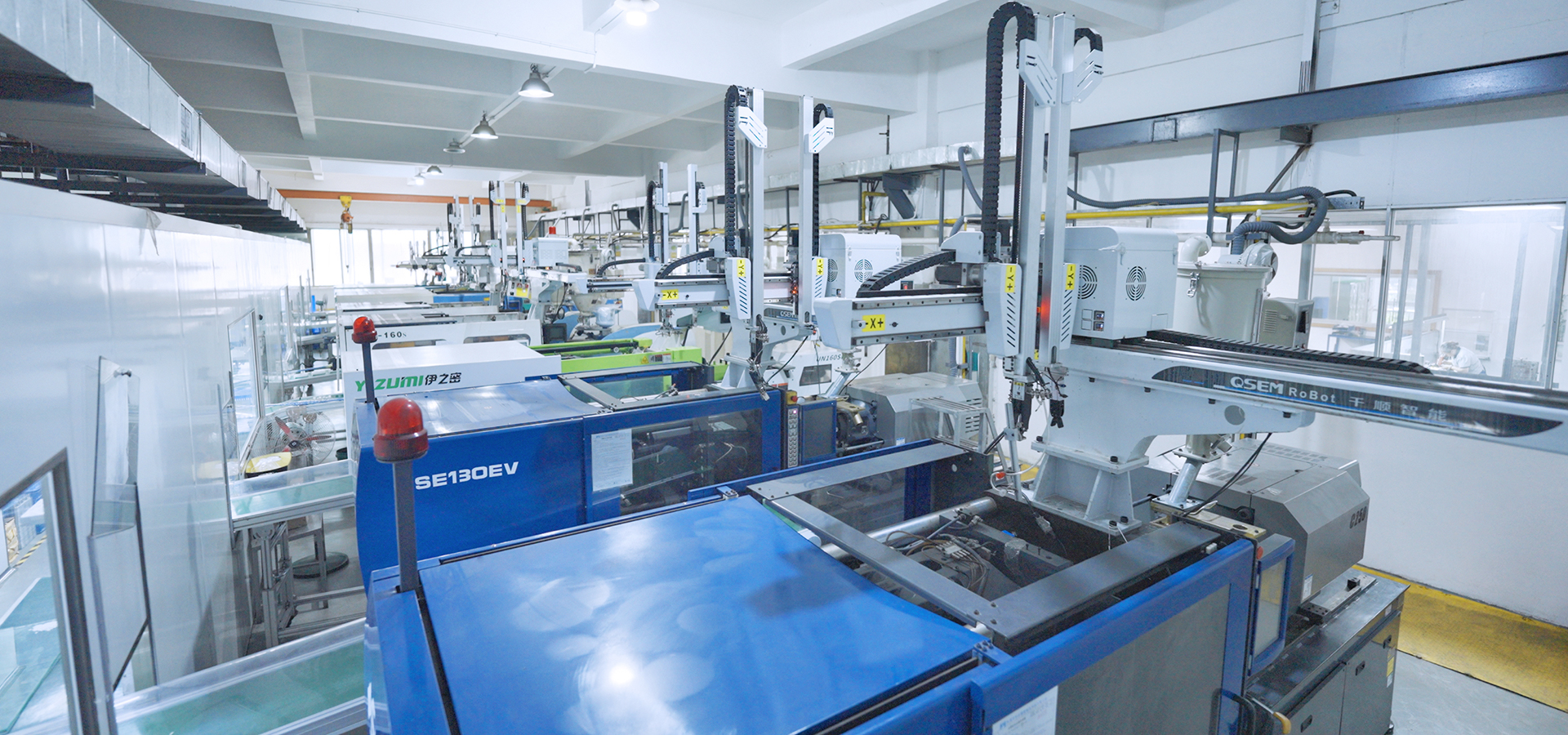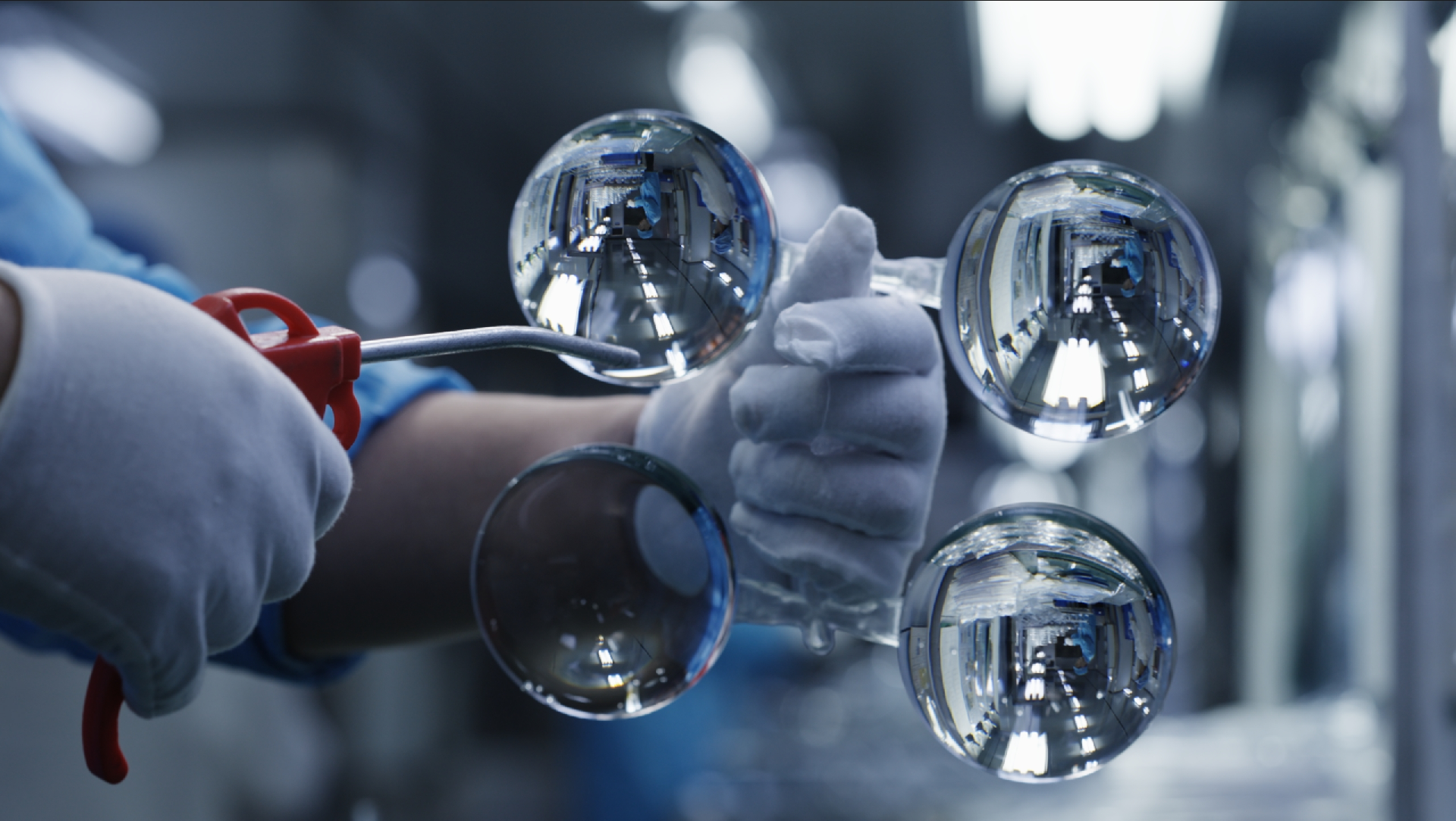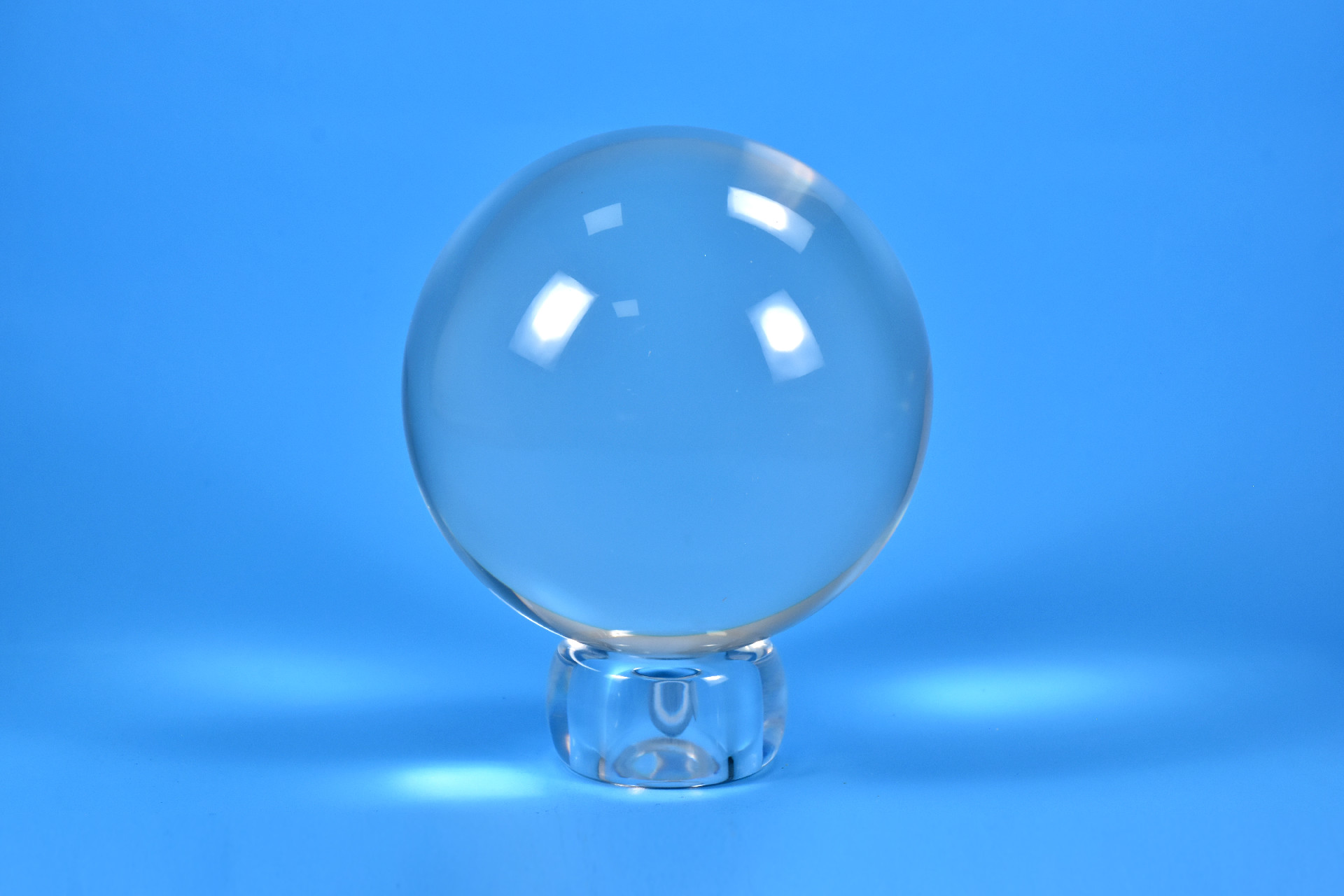2025-03-31 10:11:05

Guide to Injection Molding and Creating Perfect Acrylic Products
Injection molding is a widely popular manufacturing method that involves injecting molten material—typically plastic—into a mold to create parts. Once the material cools, it solidifies into the desired shape. This technique is fast, efficient, and particularly well-suited for producing precise and complex components. Whether you’re new to this process or looking to enhance your skills, understanding the fundamentals and some advanced techniques can help you craft high-quality products, especially when working with a material like acrylic.
What Can Injection Molding Do?
This process is incredibly versatile and spans a wide range of industries:
Automotive Industry: Components like dashboards and bumpers are made both safe and aesthetically pleasing through injection molding.
Medical Field: From syringes to parts of diagnostic equipment, many life-saving tools depend on this method.
Consumer Goods: Everyday items such as toys and kitchenware are often born from molds.
Electronics: The sleek casings and protective covers on your devices are also products of injection molding.
Across all these fields, injection molding transforms designs into tangible realities.
Key Steps in Injection Molding
In simple terms, the process can be broken down into several key steps:
1. Clamping: Securely close the mold to ensure it remains stable.
2. Injection: Inject the molten plastic into the mold cavity.
3. Cooling: Allow the plastic to cool and solidify into the final shape.
4. Ejection: Remove the finished part from the mold.
These steps form the core of injection molding, ensuring that each product is crafted with precision and care.

How to Make Acrylic Products Stand Out
When it comes to acrylic, a little extra effort can result in a flawless finished product. Acrylic is renowned for its clarity and strength, but it can be somewhat “finicky.” To achieve perfection, pay attention to the following:
- Temperature Control: Acrylic is sensitive to temperature, so both the melting and cooling stages must be carefully managed. If it’s too hot or too cold, you might encounter color variations or compromised strength.
- Reliable Molds: The mold is the foundation of your project—any flaws will be glaringly obvious in the final product, especially with a transparent material like acrylic. Use high-quality, well-polished molds.
- Balanced Speed and Pressure**: Injecting too quickly can trap air bubbles, while injecting too slowly may fail to fill the mold completely or leave uneven surfaces. Finding the right rhythm is essential.
- Even Cooling: Uneven cooling can cause parts to warp. A well-designed cooling system ensures acrylic sets perfectly.
- High-Quality Raw Materials**: Use high-purity acrylic pellets to produce a clear and sturdy product—impurities will be immediately noticeable.
- Post-Processing: After molding, a bit of polishing or annealing can smooth the surface and reduce internal stress, enhancing durability.
In Summary
Whether you’re just starting out with injection molding or aiming to take your acrylic projects to the next level, mastering these basic steps and fine-tuning the details can make a big difference. By focusing on aspects like temperature control and mold quality, you can create products that are both functional and visually stunning. Hopefully, these insights will make your creative process smoother and more rewarding!

Copyright Xiehong Plastic Mold and Manufacturing Tech Co., Ltd. All rights reserved.
